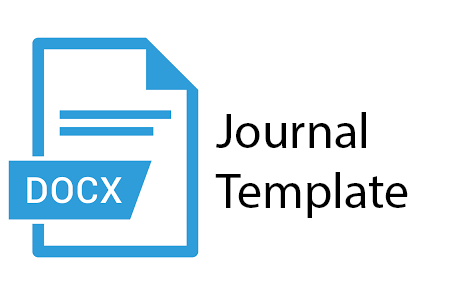ALGORITMA K-MEANS CLUSTER UNTUK SEGMENTASI PELANGGAN
DOI:
https://doi.org/10.33884/cbis.v11i2.7156Keywords:
CRM, K-means Cluster, Customer SegmentationAbstract
Consumer data for business transactions in retail agricultural products has not been managed digitally. This can be seen from consumer data which is still stored manually, some customer data is stored only based on purchase receipts and others have logbooks so that consumer data can be lost at any time. To improve service to consumers, sales analysis is carried out using the k-means algorithm. The aim is to be able to group consumers based on the number of transactions, the number of products purchased, and the frequency of transactions made. The data processed was 127 transaction data and grouped by name of the consumer, 116 consumers made transactions in the last 1 months. From this data, 5 clusters were determined including: Superstar, Golden, Typical, Occasional, Everyday. Of the 5 clusters, there were 4 consumers including Superstar, 12 Golden consumers, 34 Typical consumers, 29 Occasional consumers and 37 Everiday consumers.
Downloads
Published
How to Cite
Issue
Section
License
Copyright (c) 2023 Computer Based Information System Journal

This work is licensed under a Creative Commons Attribution-NonCommercial-ShareAlike 4.0 International License.
















